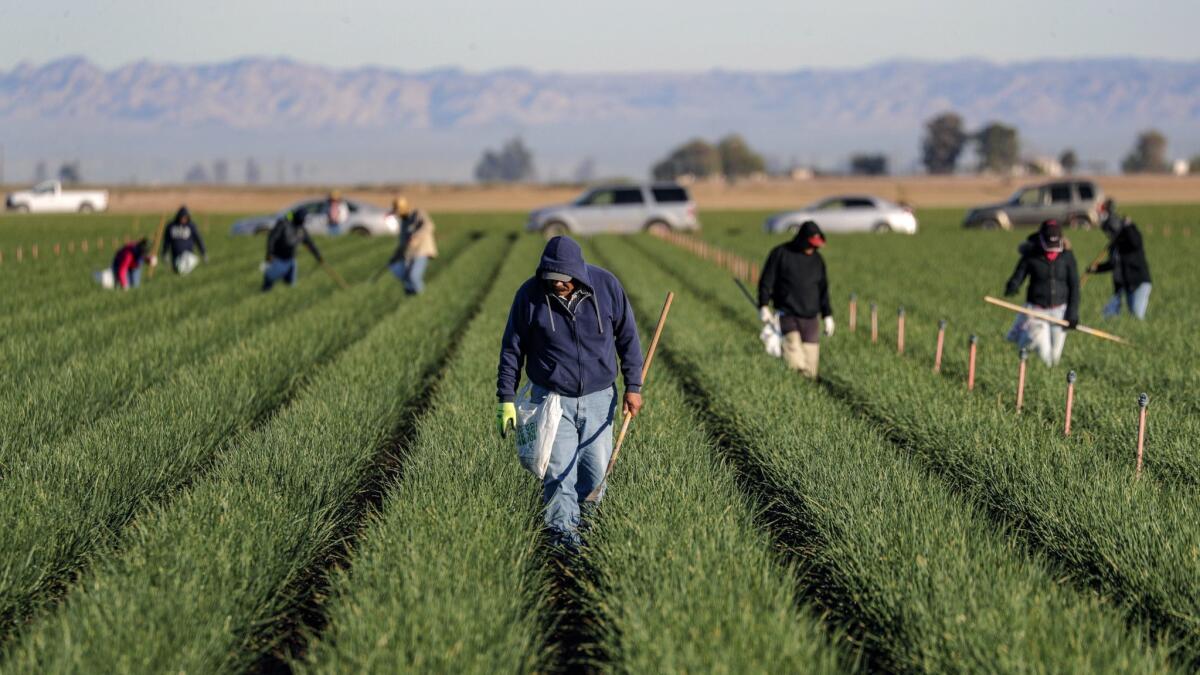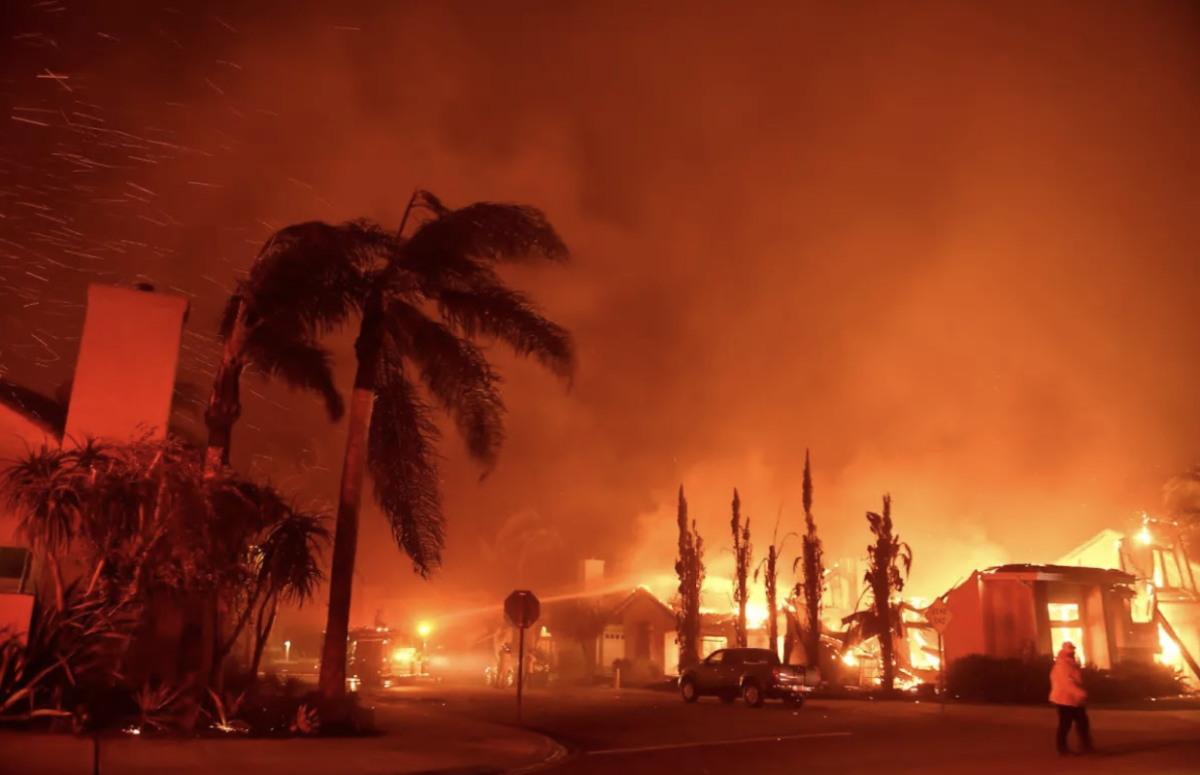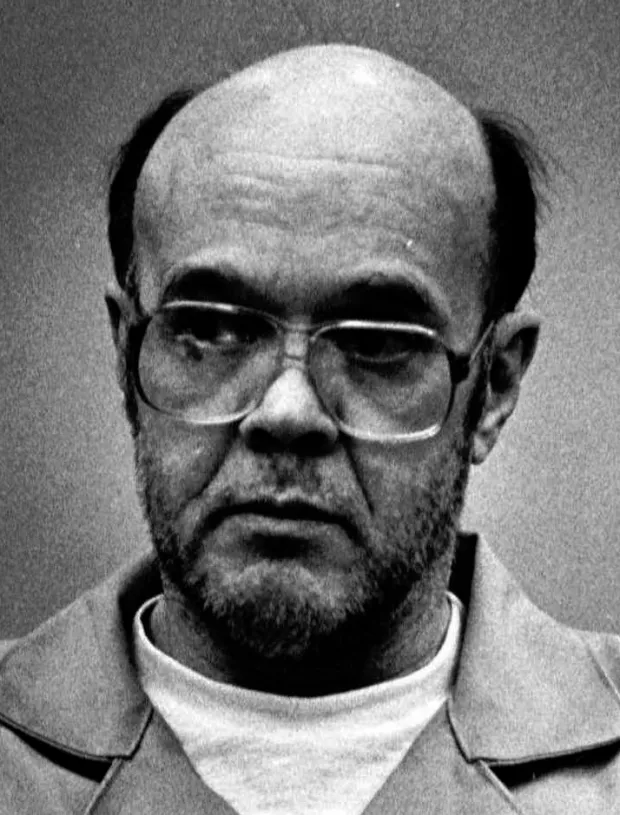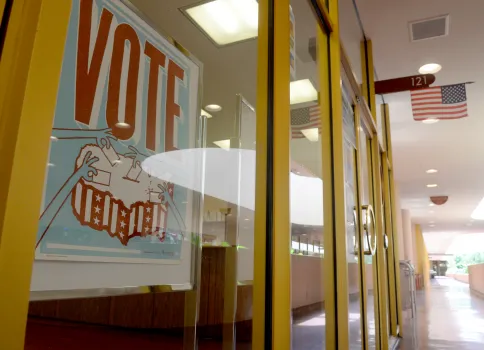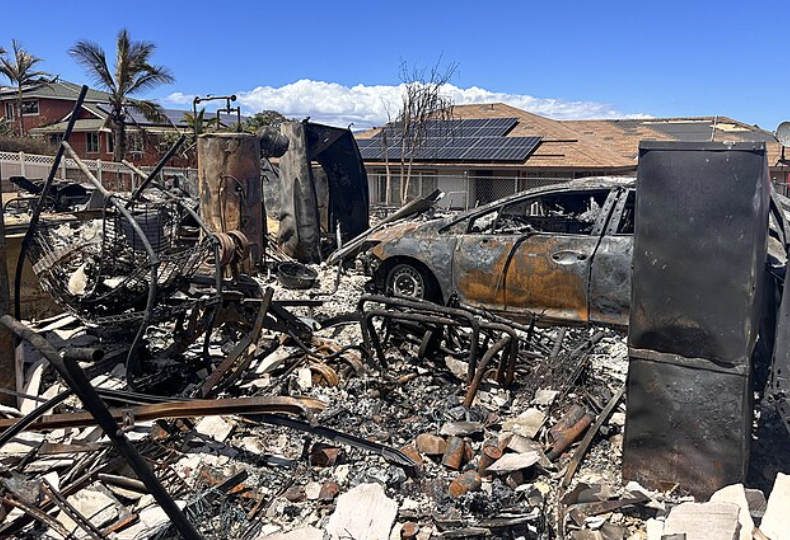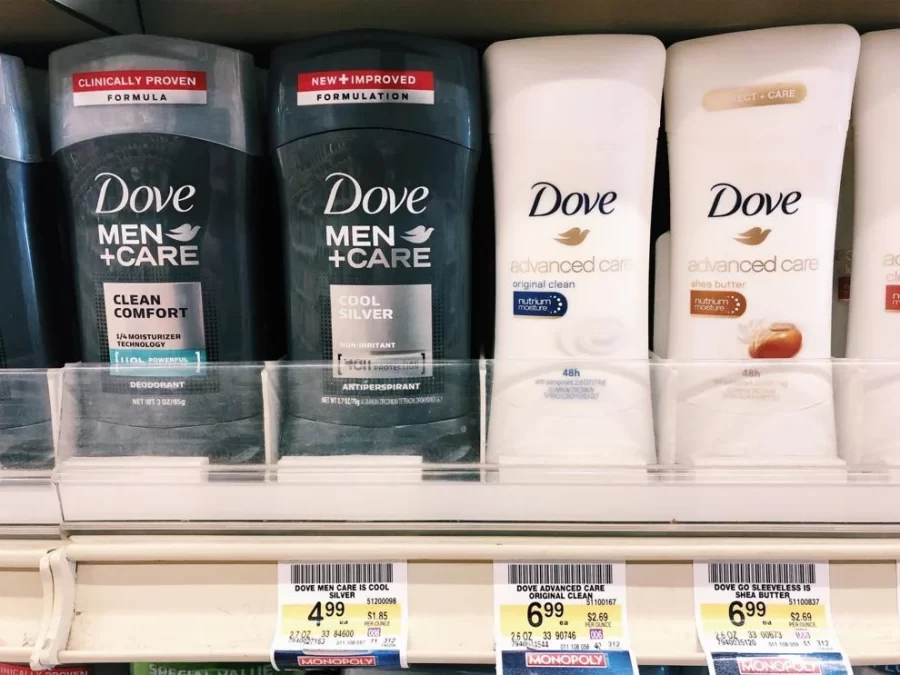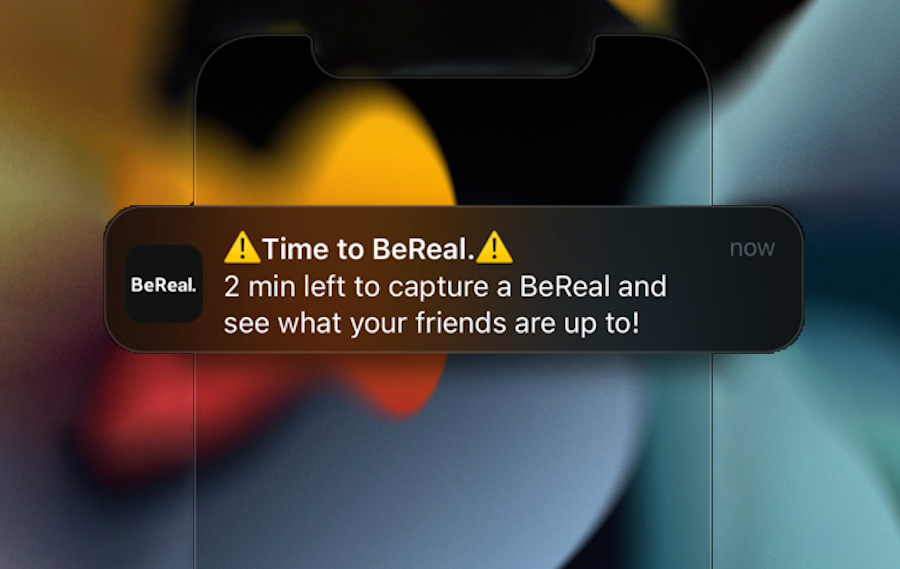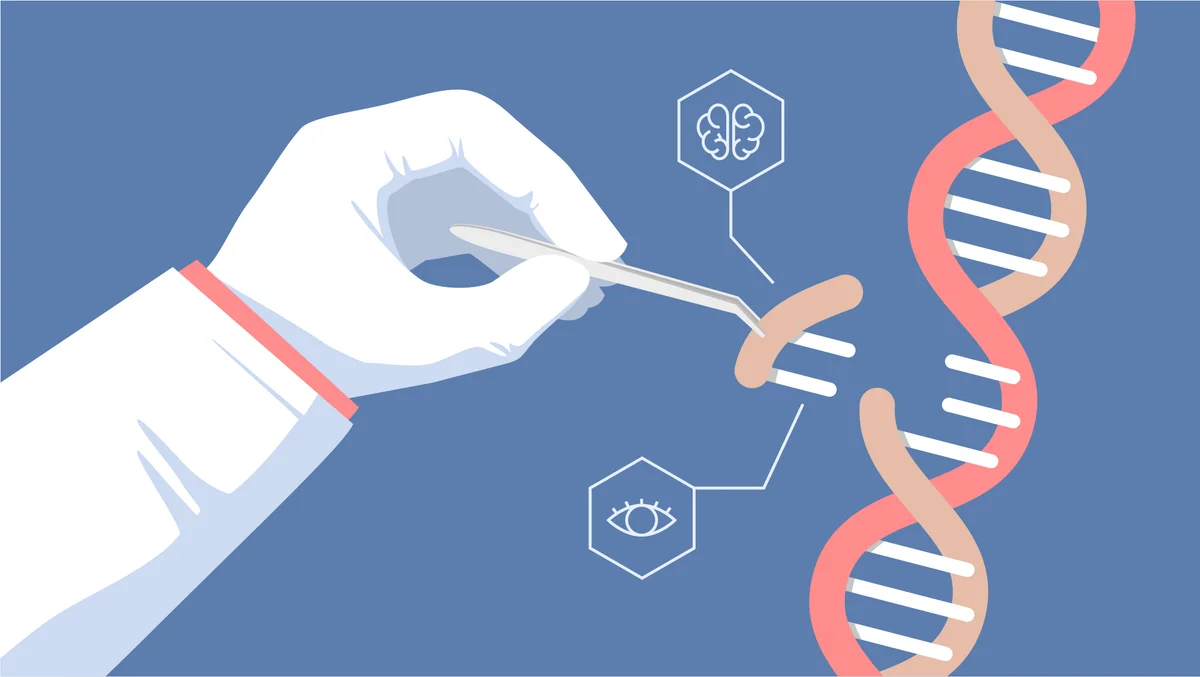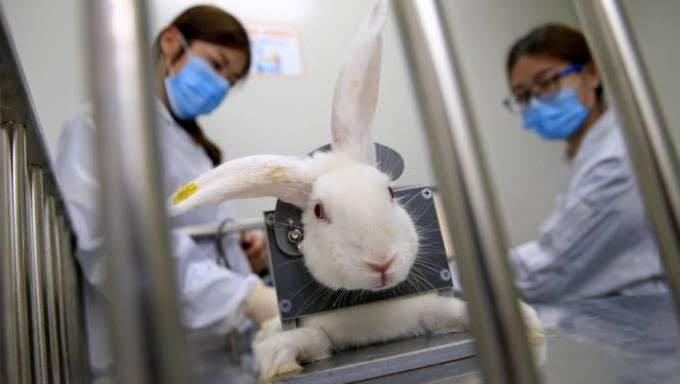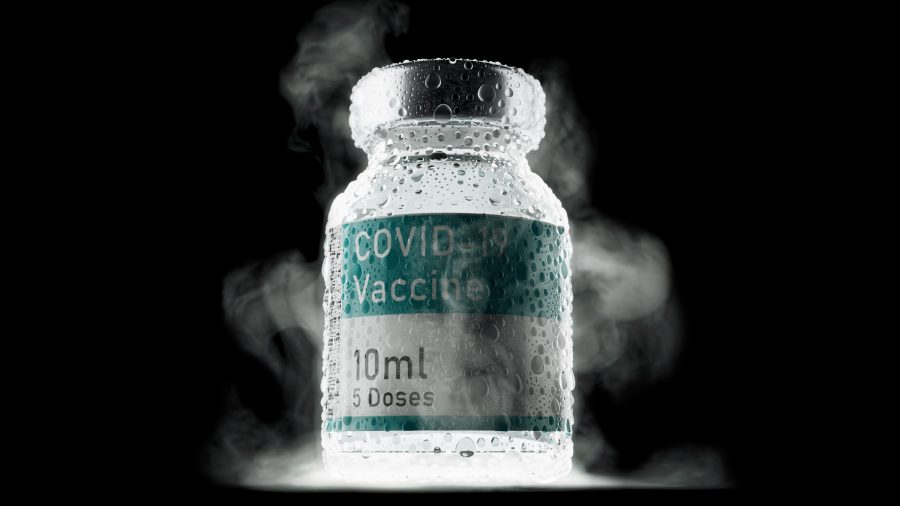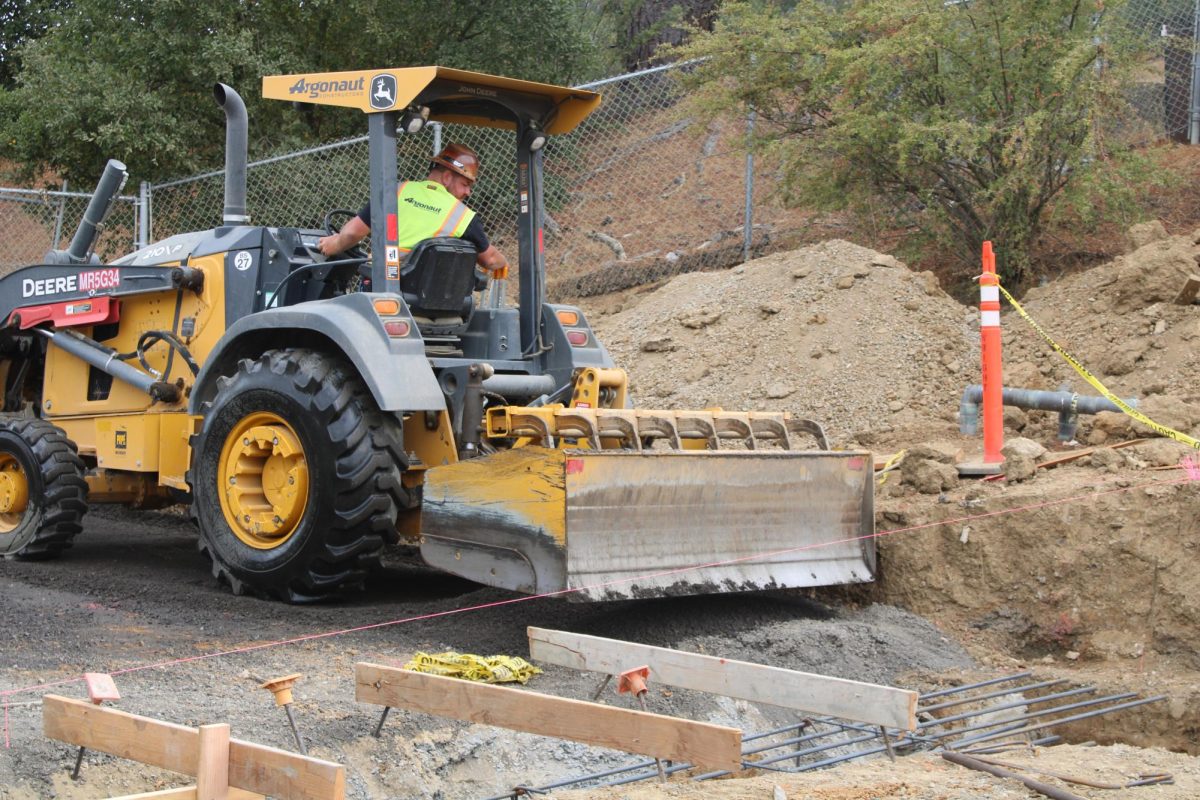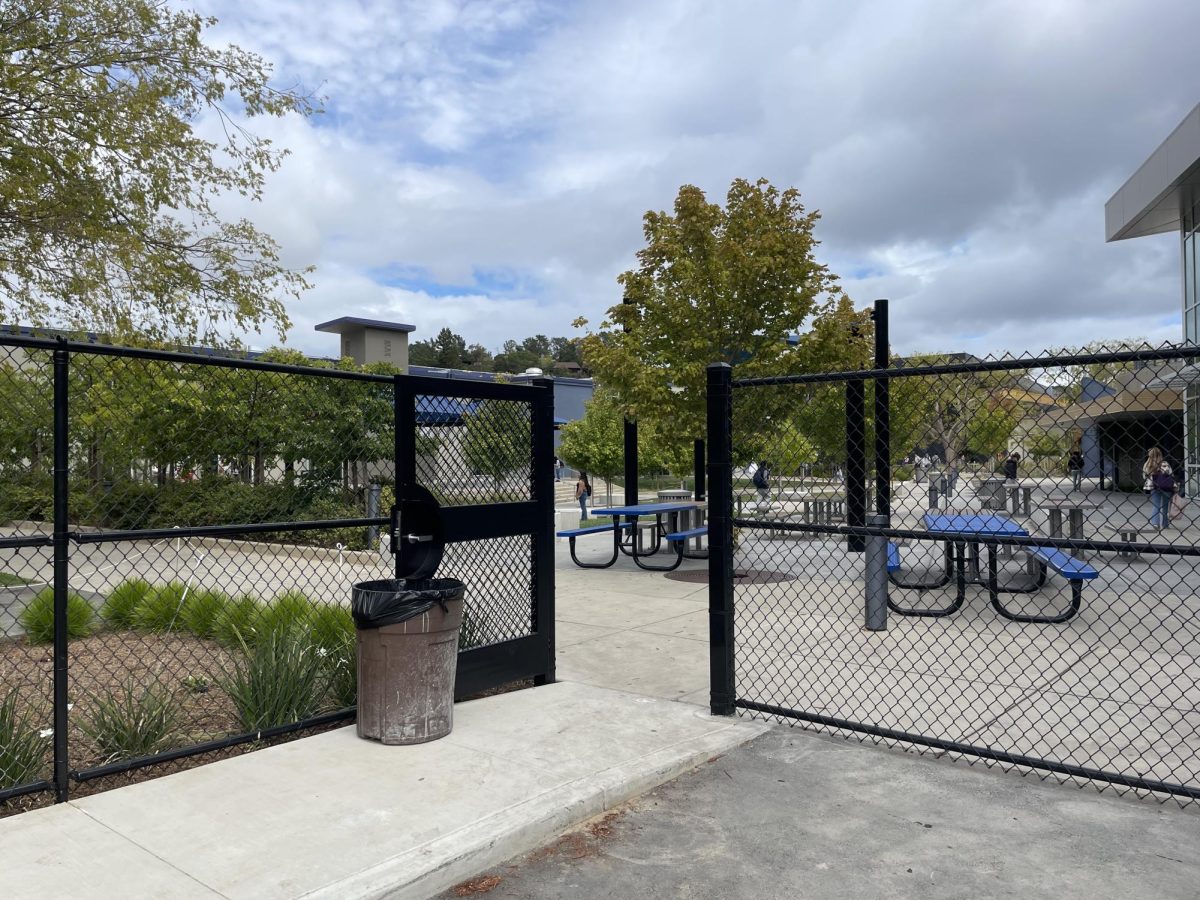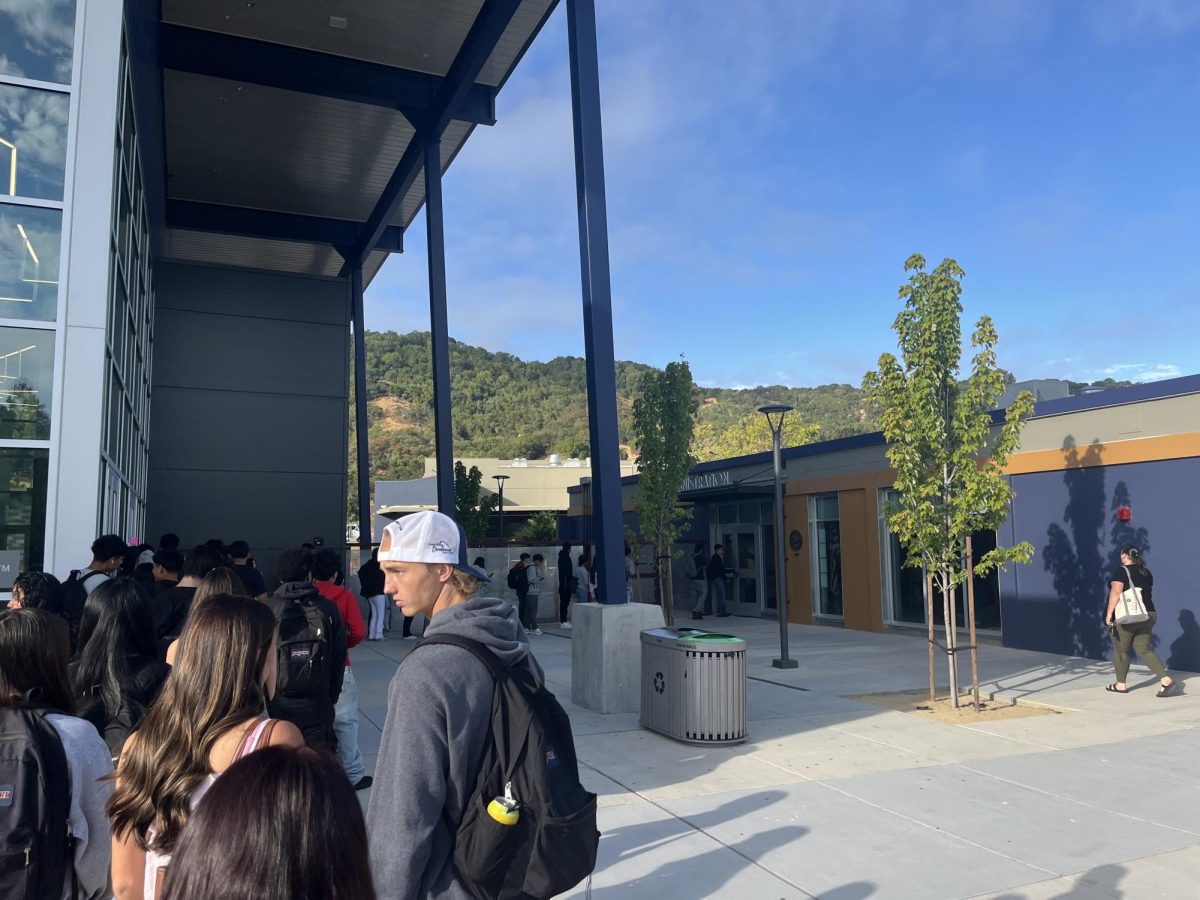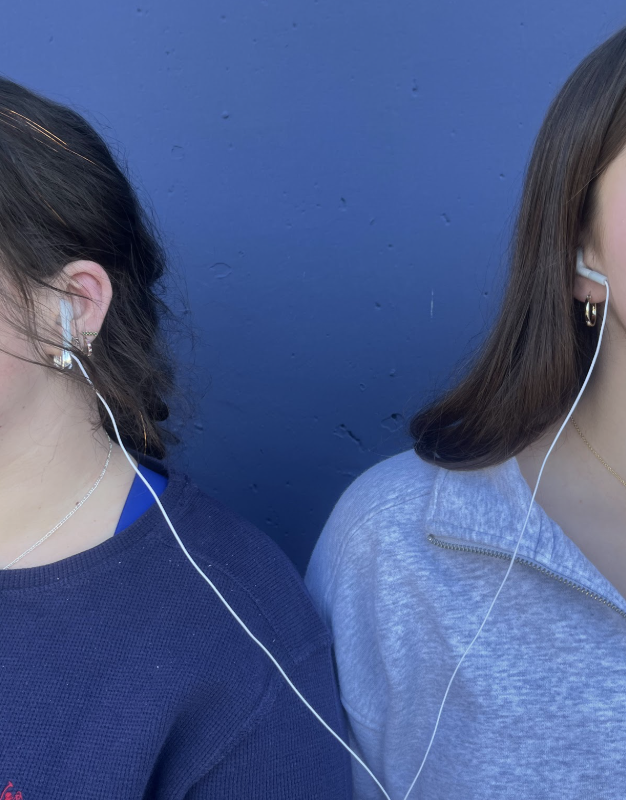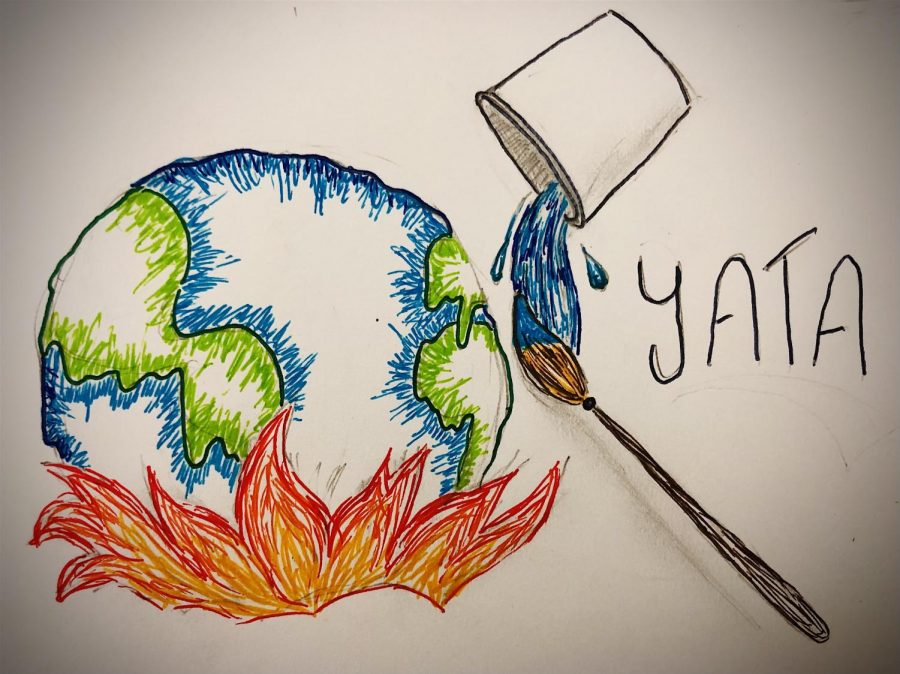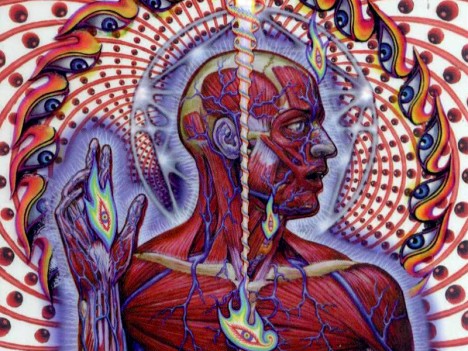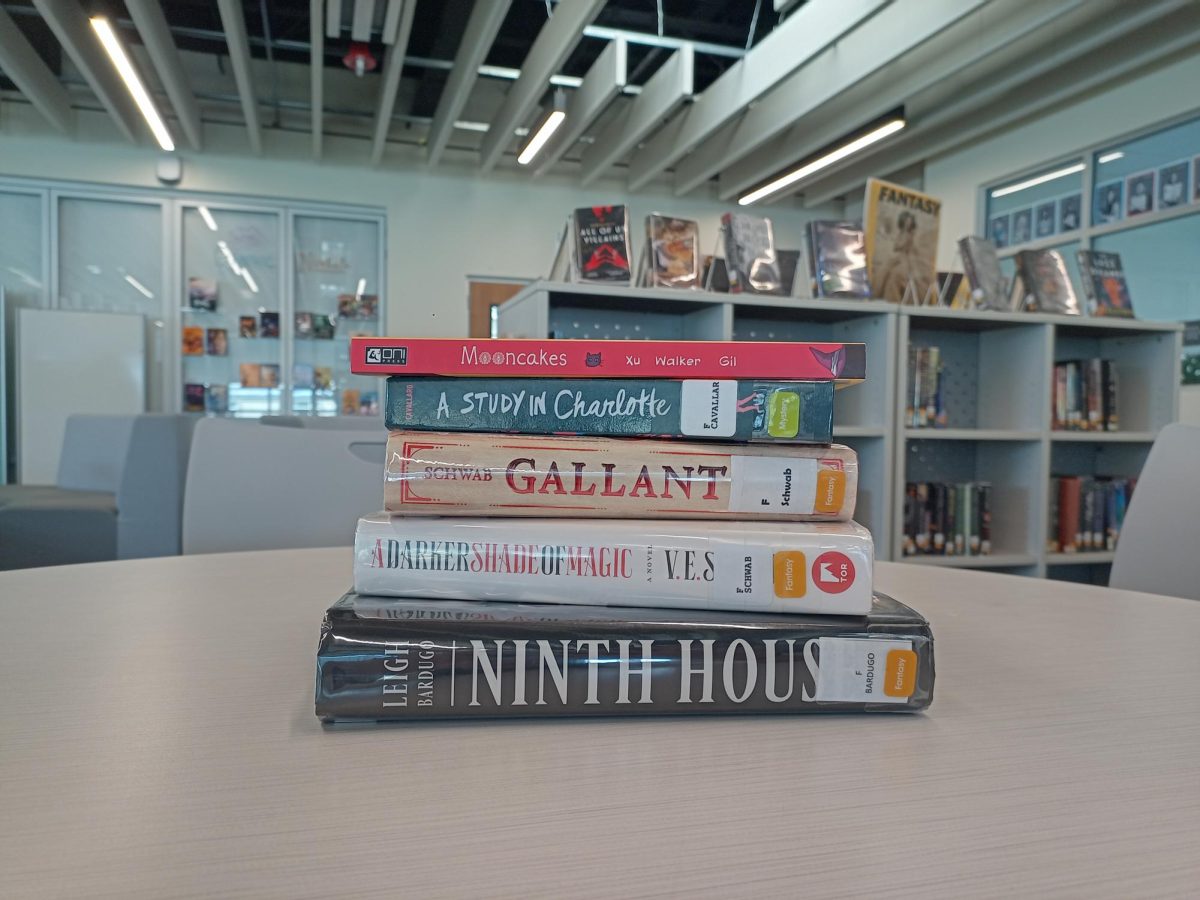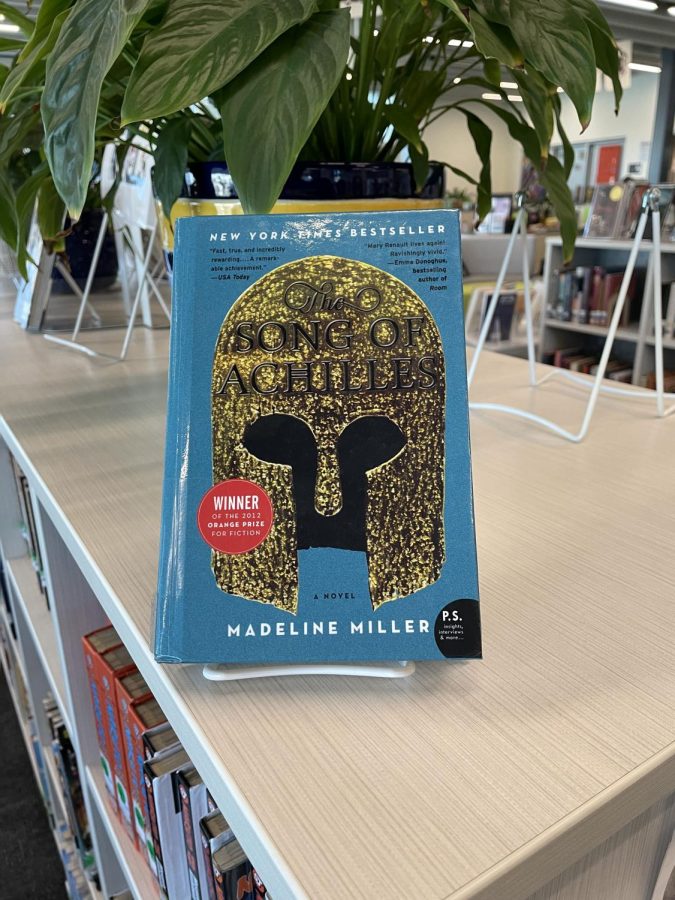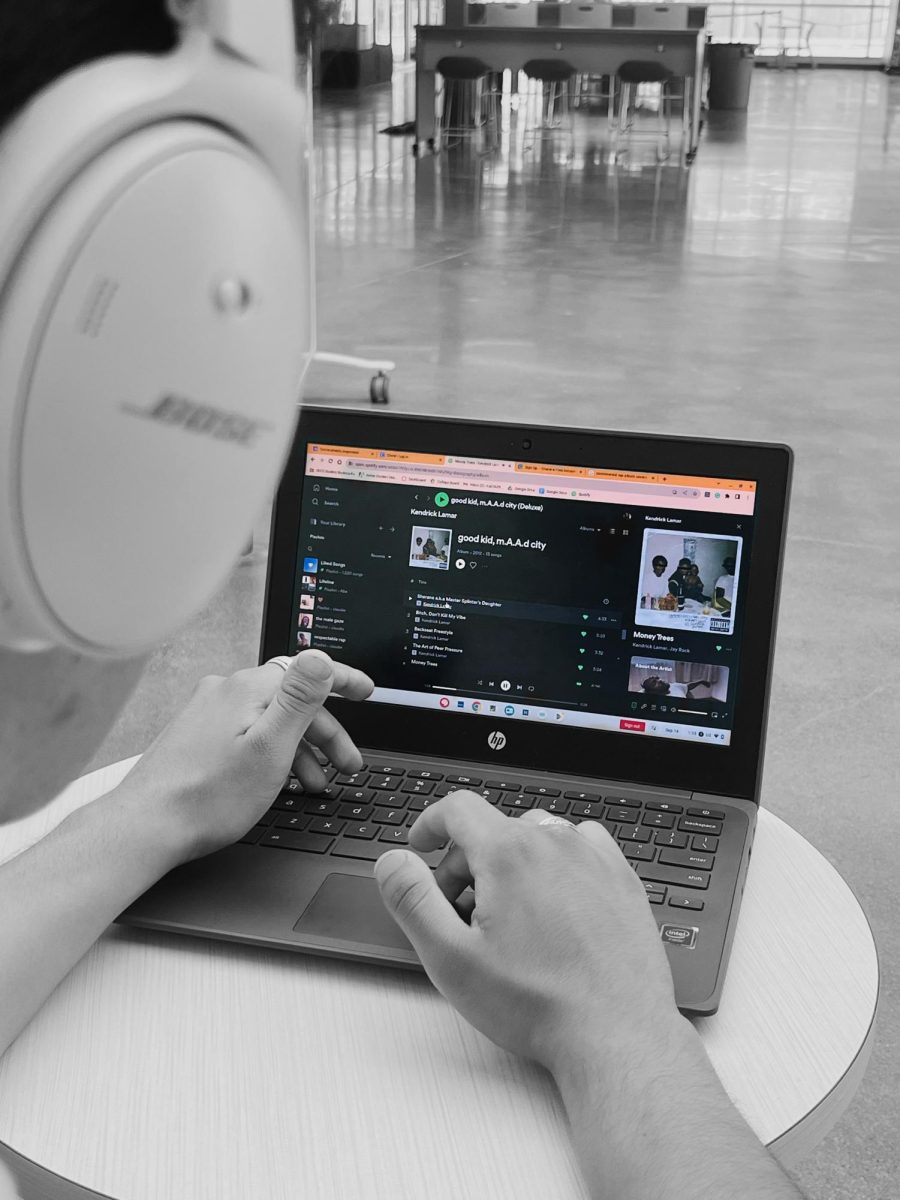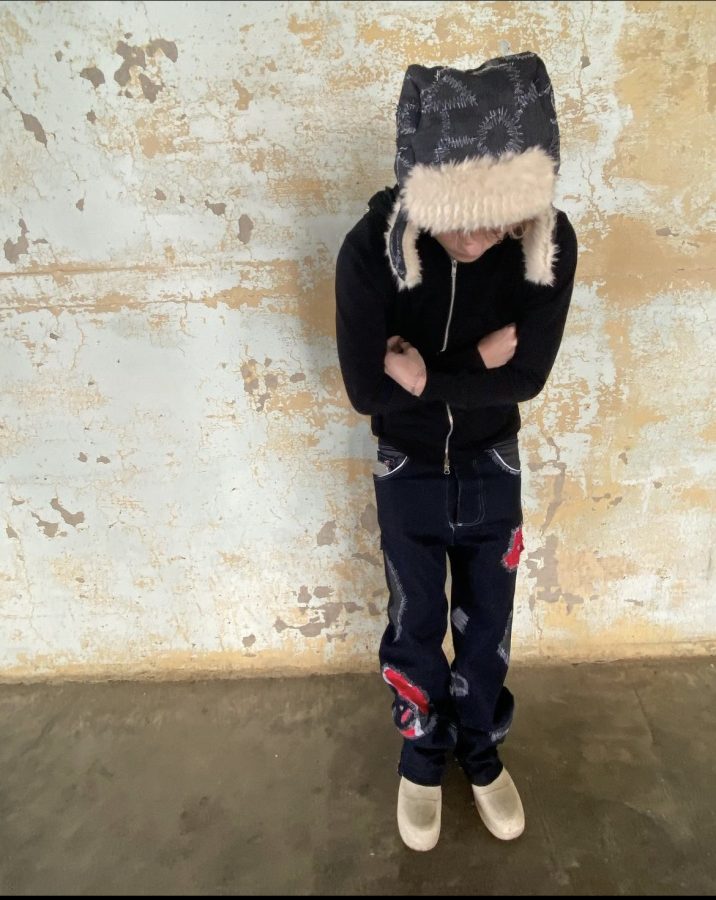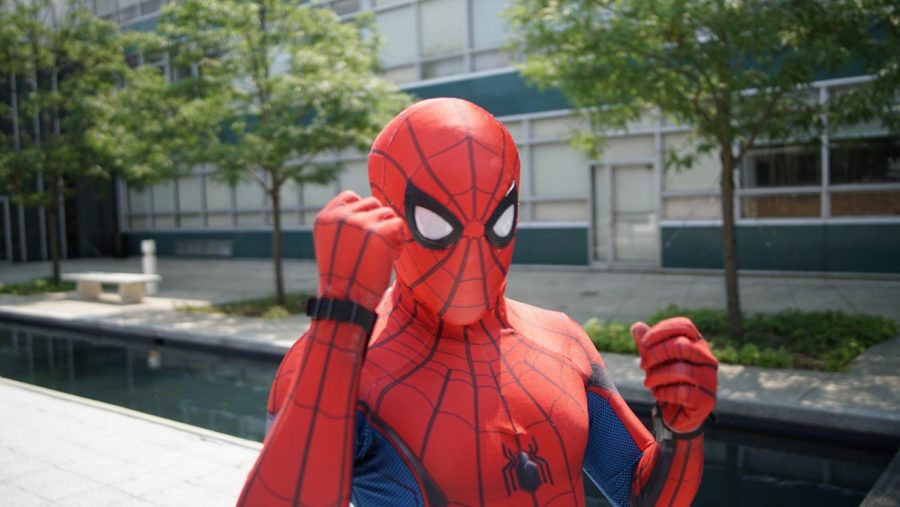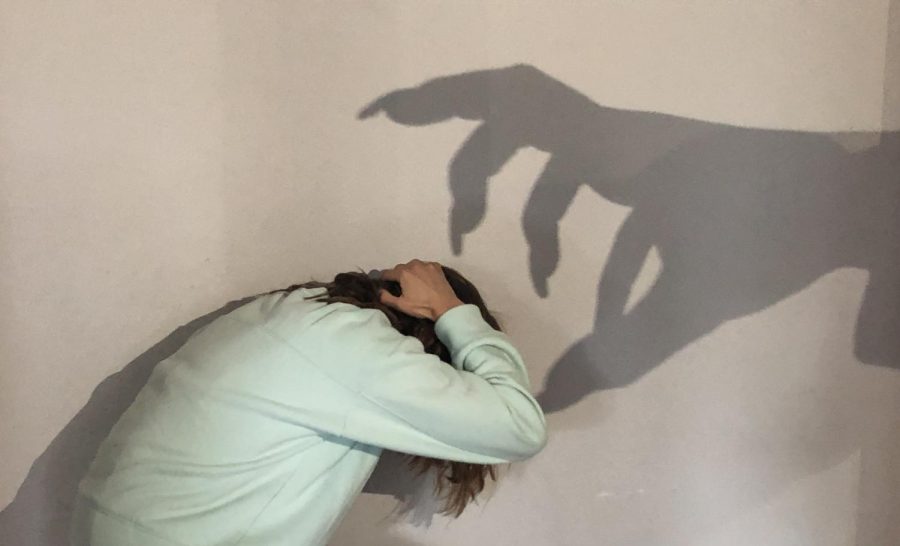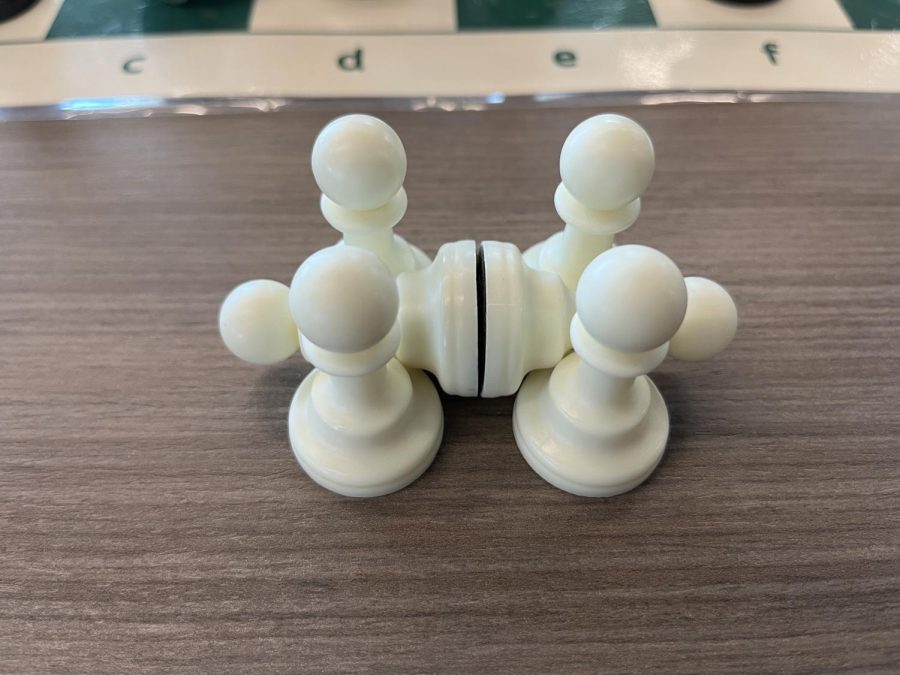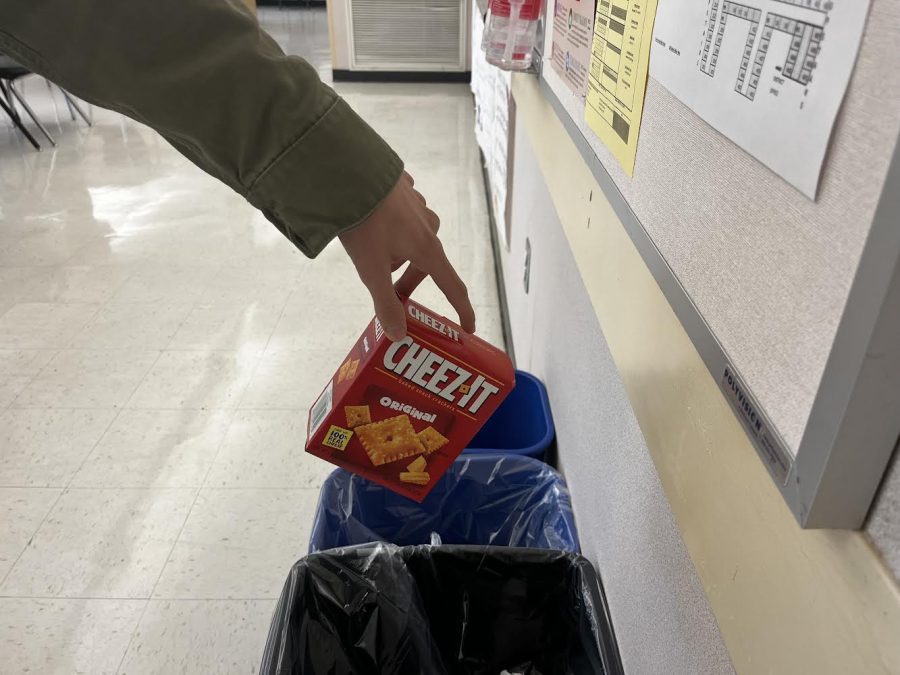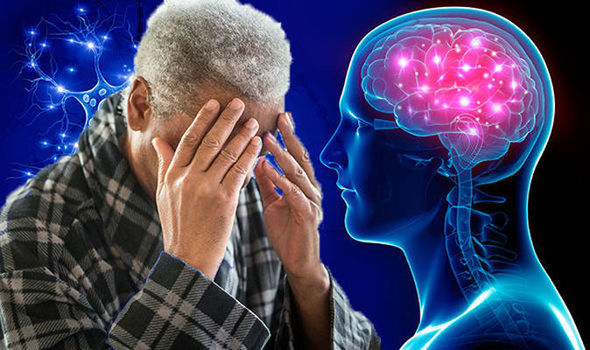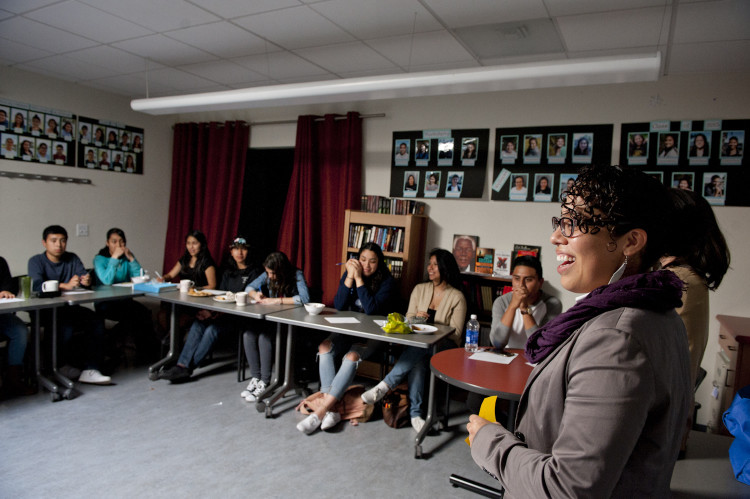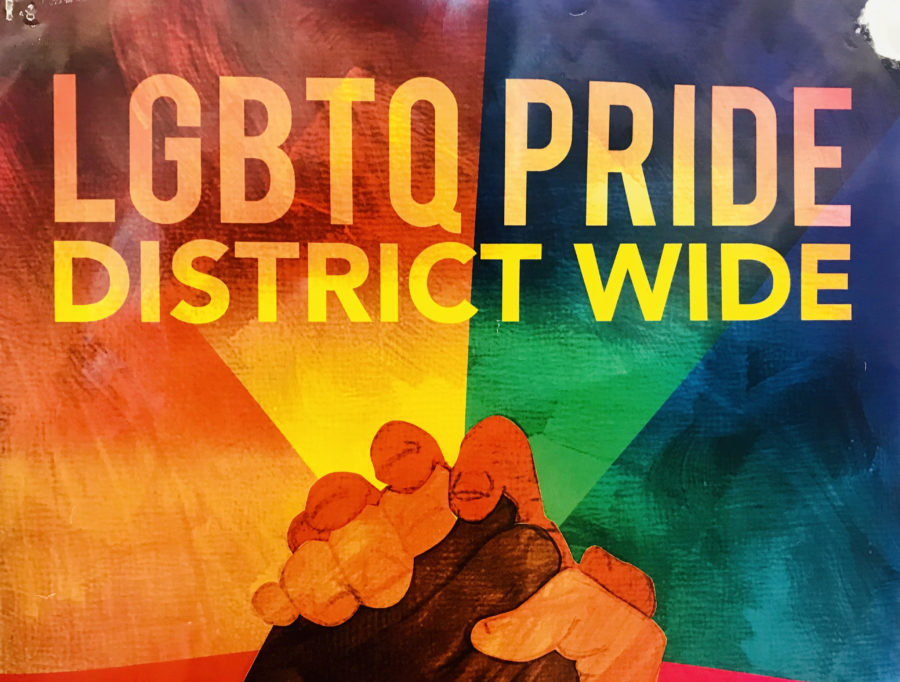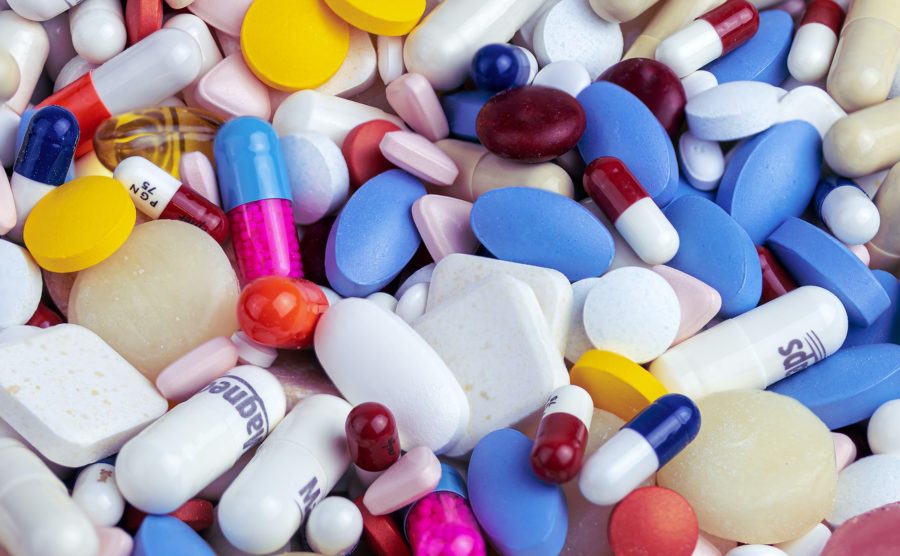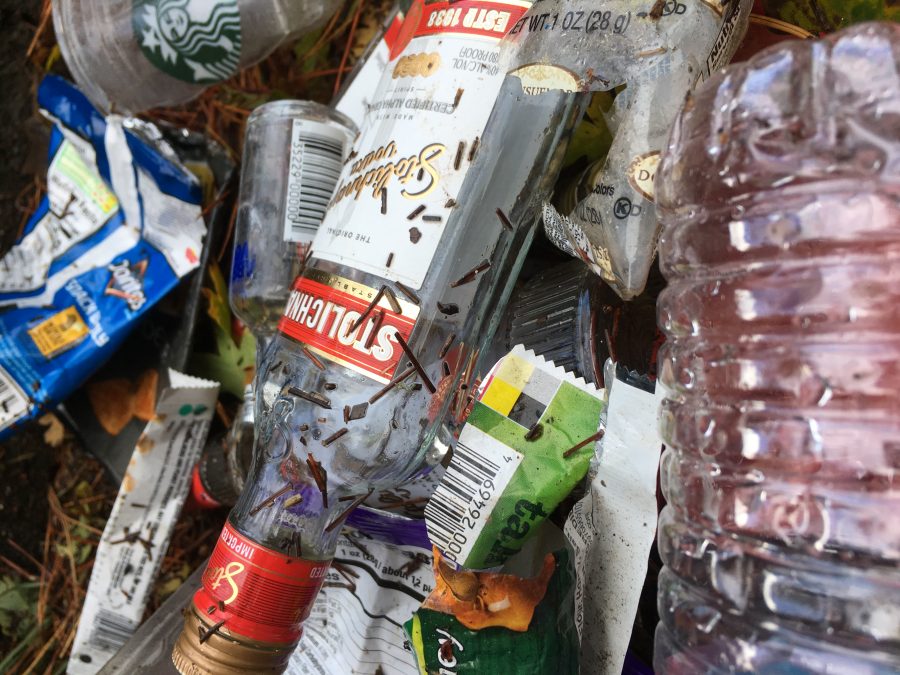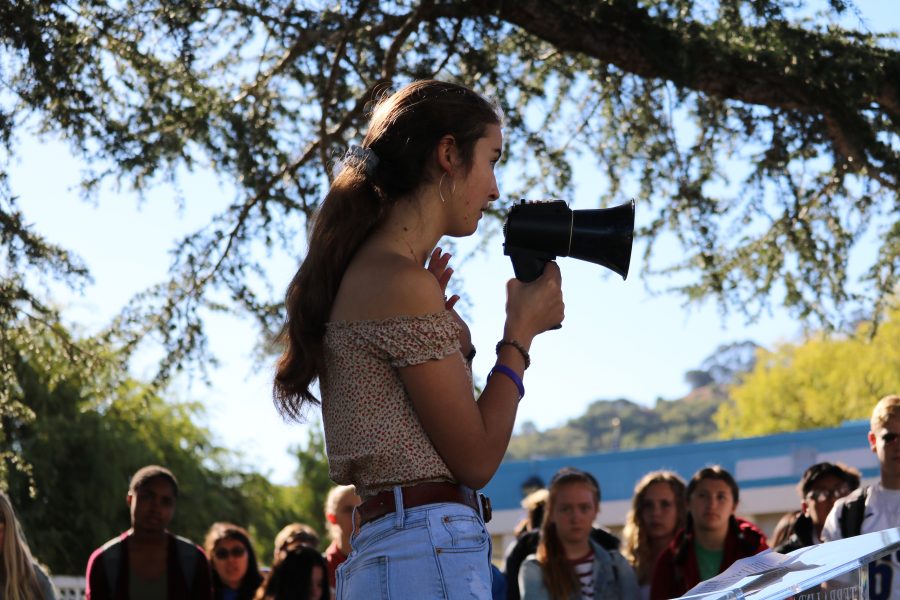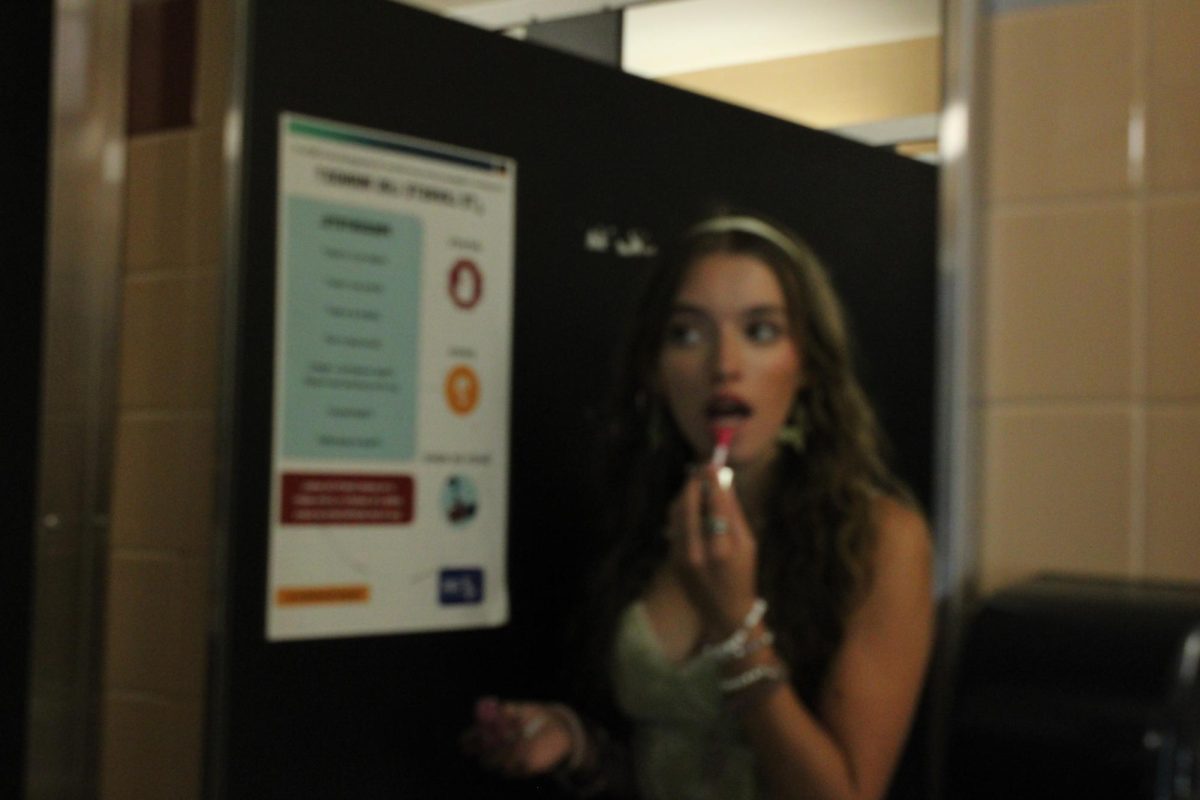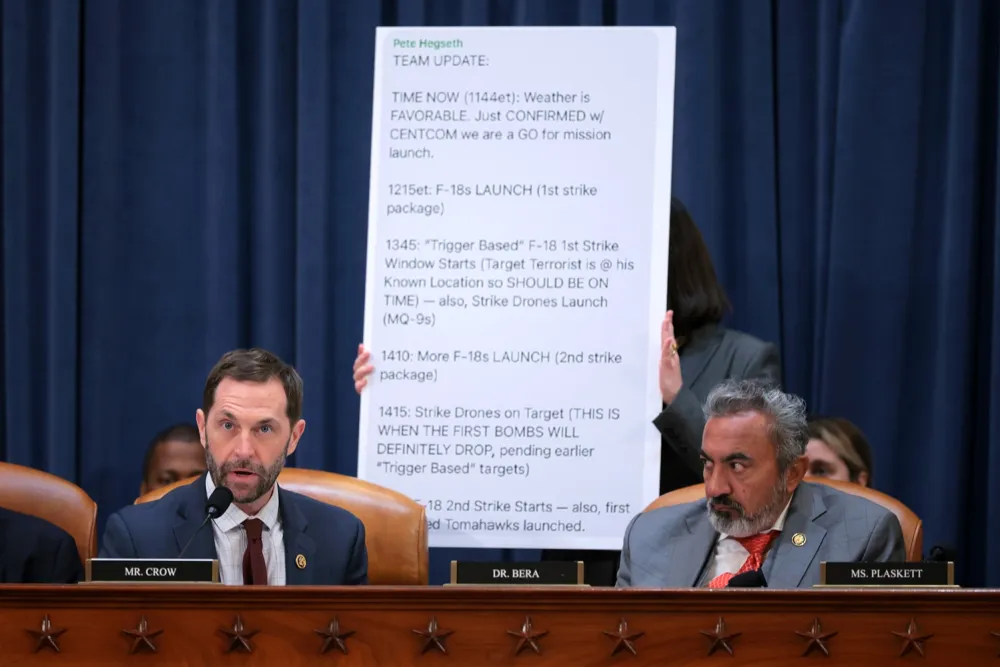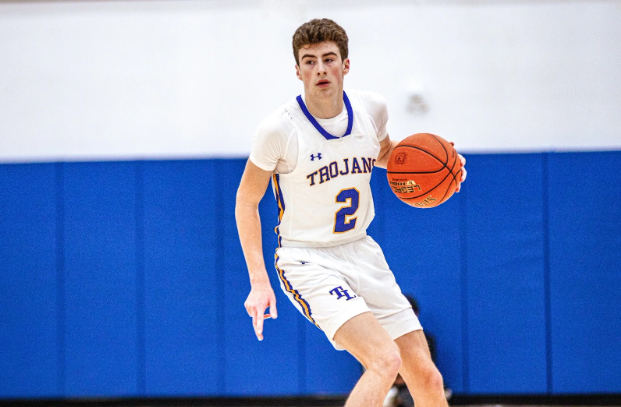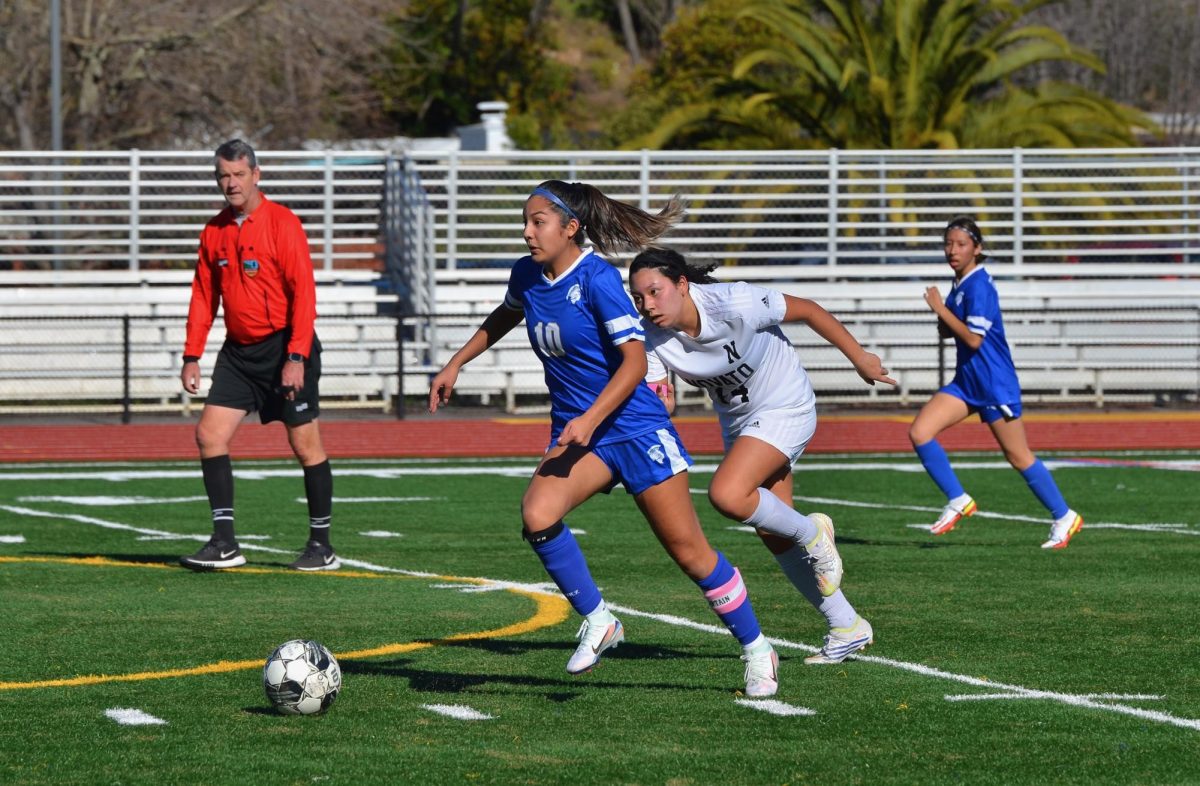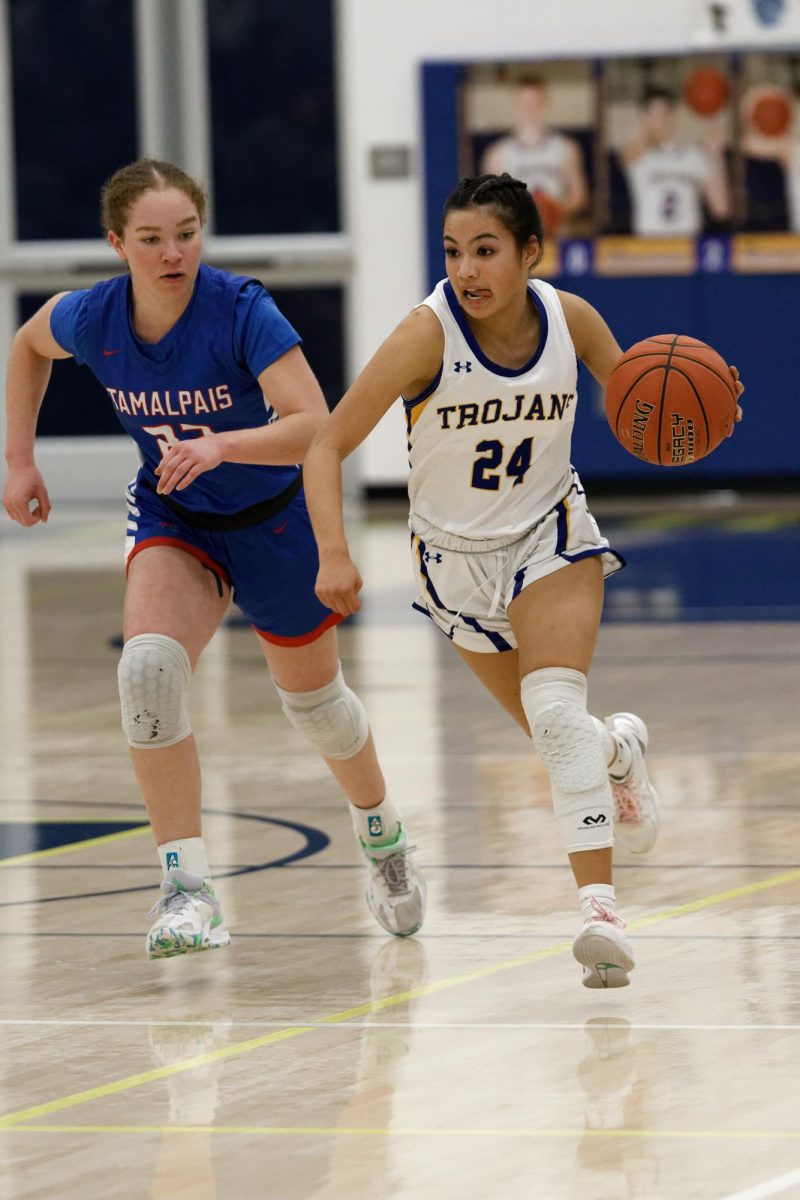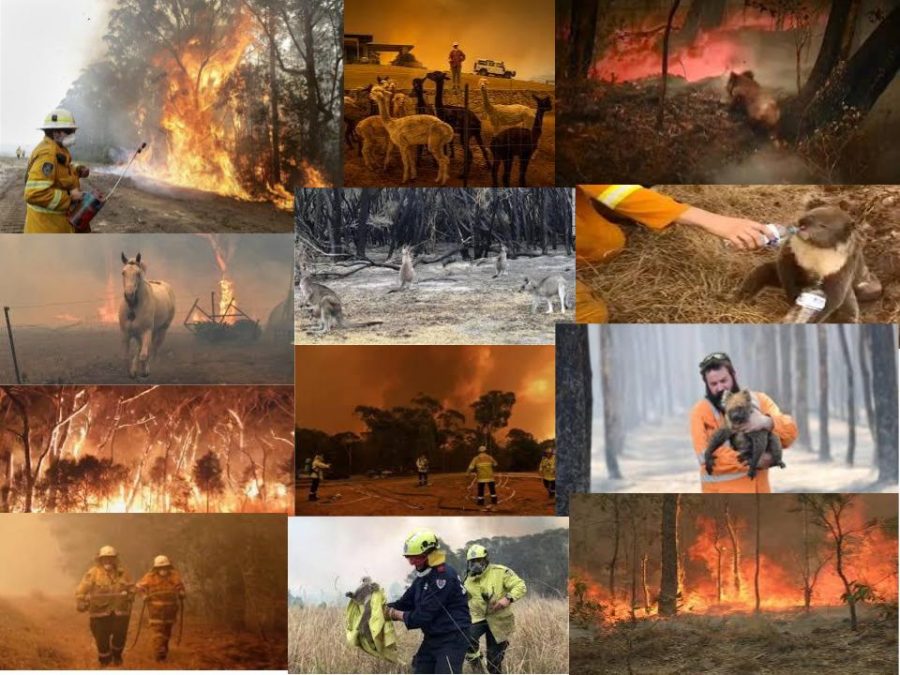In recent months, we have seen a steep decline in coronavirus deaths across the country and across the world. The emergency authorization of Covid-19 vaccines, the most popular being Moderna, Pfizer, and Johnson and Johnson, is the reason why we have a decrease in deaths. The initiatives that are being taken by federal agencies and government, as well as state governments, are playing a huge role in getting everyone vaccinated and taken care of so we can move forward as a nation. However, a side effect of all this work is a symptom found in some people who get the second dose of the vaccine.
The distribution of vaccines is getting quicker and quicker every day, and we are finding more ways to vaccinate people who are in alternative living conditions and who don’t have immediate access to the vaccine or treatment for the virus. However, people are being discouraged about returning for the second dose because of some side effects that are being brought to public attention.
While hearing the people who have had the second dose of the vaccine, common symptoms can be fatigue, nausea, and shortness of breath. History Teacher, Mr. Lubamersky states, “I got my second Pfizer about a month ago. I had a mild headache that lasted a couple of hours. That’s it.” While these symptoms are harmless towards the younger generation, they can often be more taxing to elders and people who have underlying health conditions.
Some more severe side effects may involve having blood clots. There have been reports of the Johnson and Johnson vaccine causing people getting blood clots. Cases have been minimal but still a risk for people with underlying conditions that may cause this inconvenience.
While the vaccine distribution is going according to plan, according to president Joe Biden it is clear that some people are hesitant to receive the second dose of the COVID-19 vaccine even though many health experts say that the initial symptoms are only temporary.
While the general plan of distributing vaccines is straightforward, our nation is finding more setbacks with how we get the vial containing the vaccine to the patient. Although we have found solutions to transport the vials, it is costly and sometimes inefficient. The CDC has proposed new initiatives for companies to develop lasting vaccines that don’t require extreme transport care. It will likely take a few more months to get them approved and accepted by the citizens.
Other complex issues pertaining to distribution is the lack of trucks, planes, trains, and people to effectively distribute vaccines across the country and world. Oftentimes, people resort to waiting longer for a second dose, if the vaccine they are getting requires it, and that can lead to an unstable vaccination process.
While our world is faced with these problems, it is important to see what we can do to best support our local vaccination clinics and workers. You can book an appointment though your healthcare provider or through the state. https://coronavirus.marinhhs.org/VIF41621


